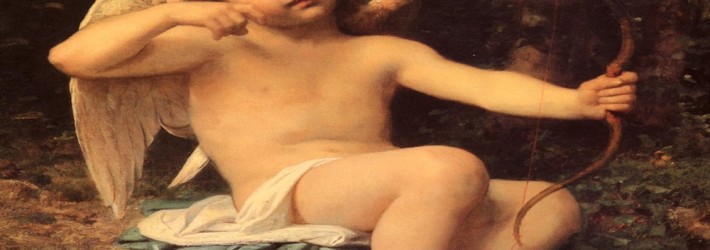‘Birds of a feather flock together’ is about similarity, and this plays a vital role in relationships, whether to do with personality, intelligence or of a physical nature – a striving for equality in attributes. And yet, ‘opposites attract’ could be about expansion and self-improvement – learning from the other and hoping this will change them. Both Evolutionary and Freudian theory – claiming that sexuality exists to culminate in reproduction. According to Freud, there are two basic drives that underlie all of our motivations, all our thoughts, emotions and behaviours; sex and aggression or Eros (life) and Thanatos (death). The former is the drive to stay alive and to procreate. It maintains unity through relationships and the latter drive prevents others from reducing or stopping these needs. It can return living thing to a lifeless state.
Attachment theory (that infancy attachment affects both personality development and later attachment styles) and Freudian theory (that adult love and sexuality is an extension of their infantile forms), brings the basis of attraction, sexuality and relationships back to childhood. Furthermore, we may associate certain cues with feelings of being cared for and loved (for example, a laugh similar to one’s parent) and this may guide us in our mate selection. These maps may be added to throughout life and maybe unconscious. Ultimately, childhood attachments are crucial in determining subsequent relationships including intimate ones. Nietzsche captured this when he said “Love matches, so called, have illusion for their father and need for their mother.”

One Response to “The Phenomenon of Attraction”
Jony
It makes sense.